As a beginner golfer, it’s important that you track your progress and identify areas to improve your game.
By understanding key golf statistics, you can set benchmarks for yourself and work towards improving your skills.
In this article, I pinpoint 4 valuable golf statistics for beginner golfers, along with tips for improving each area.
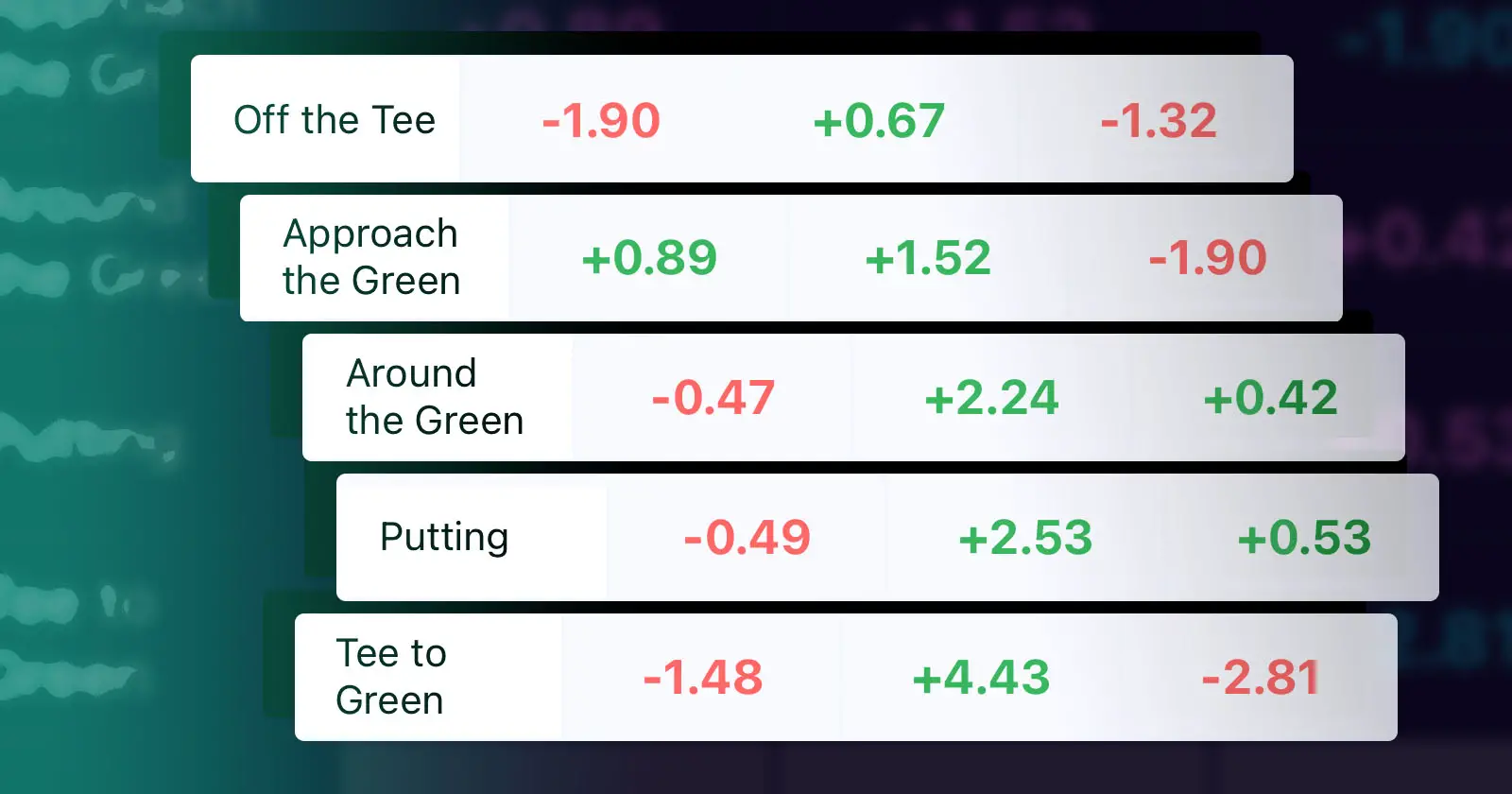
Golf statistics for beginners
The 4 most valuable golf statistics for beginners are 1) fairways hit percentage, 2) greens-in-regulation (GIR) percentage, 3) average distance off the tee, and 4) number of putts-per-round.
What is the average score for a beginner golfer?
The average score for a beginner golfer is around 100 on an 18-hole course. However, this can vary depending on the difficulty of the course and individual skill level.
Any beginner golfer wanting to improve needs to focus on the following:
- Improve your swing technique: Work with a golf instructor, or use online resources, to find your tempo and swing mechanics.
- Practice short game: The majority of shots in a round of golf come from within 100 yards of the green, so practicing your chipping and putting can make a big difference.
- Course management: Rather than always shooting darts right at the pins, focus on playing smart shots that keep you in play and minimize risks.
01. Fairways hit percentage in golf
Fairways hit percentage refers to the percentage of times a golfer hits the fairway off the tee. For beginner golfers, the average fairways hit percentage is around 40%.
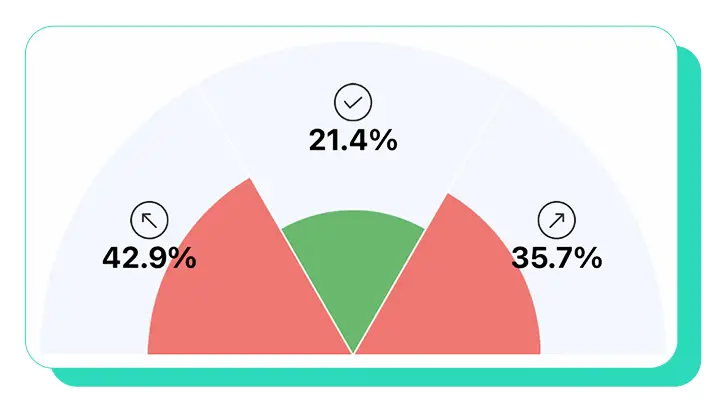
To improve your fairways hit percentage, let’s try a few things:
1. Play from the tees that are appropriate for your skill level. Playing the correct tees fit for your game will give you a better chance at overall scoring and give you more of a true handicap as well.
Here’s a quick rundown to know what tees to play from:
2. Focus on accuracy over distance. Rather than always trying to hit the ball as far as possible, focus on playing your natural shot shape and hitting fairways.
3. Use the right club. If you are playing a short par 4 with trouble closer to the green—then hit your 3-wood and minimize your chances of making a double bogey.
02. Greens in regulation (GIR) percentage
GIR percentage refers to the percentage of times a golfer reaches the green in regulation (i.e., the number of strokes needed to reach the green equals or is less than the par for the hole).
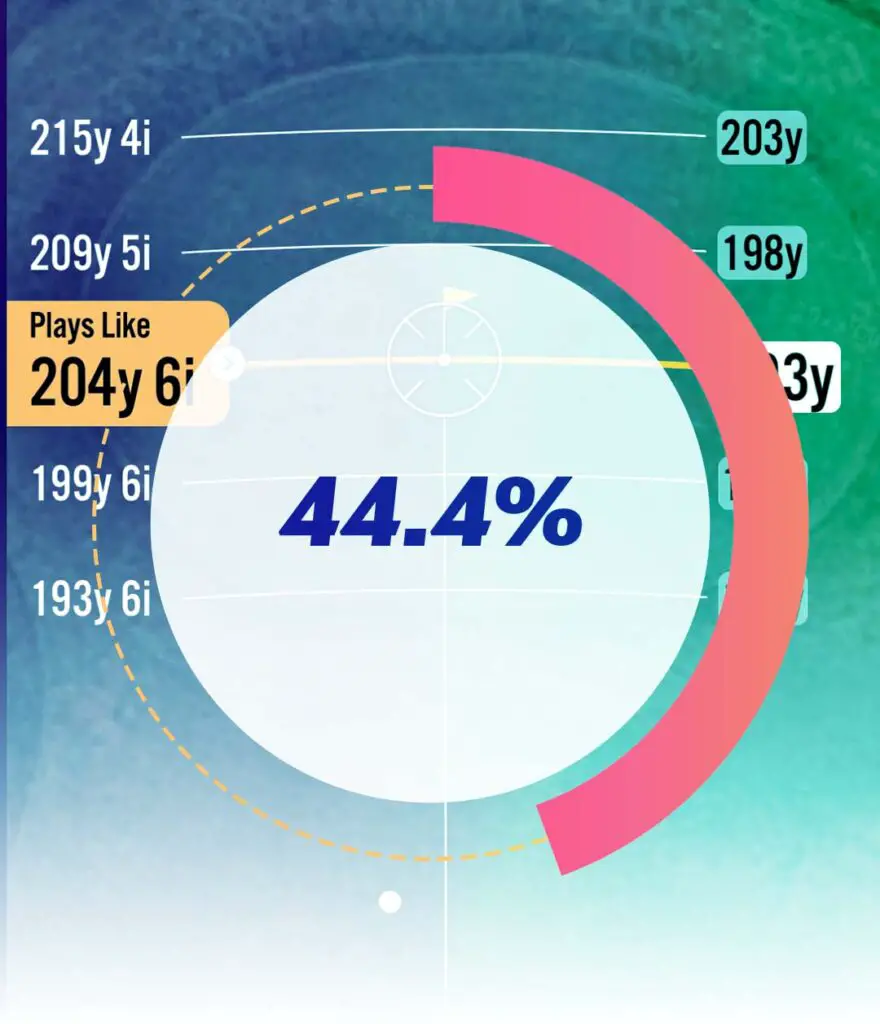
For beginner golfers, the average GIR percentage is around 20%. To improve your GIR percentage, [seriously] consider the following:
- Practice your iron shots: Hitting greens consistently requires accurate iron shots, so practicing your iron game obviously goes a long way.
- Course management: Poor drives lead to poor chances of hitting greens. Lock in on where you are going to place the ball off the tee that puts you in the best possible place to hit the green in regulation.
- Aim for the middle of the green: Forget the pin even exists. You’d be amazed how many more birdie opportunities come along by simply aiming at the middle of the green.
03. Average distance off the tee
For beginner golfers, the average distance off the tee is around 150 yards for men and 100 yards for women.
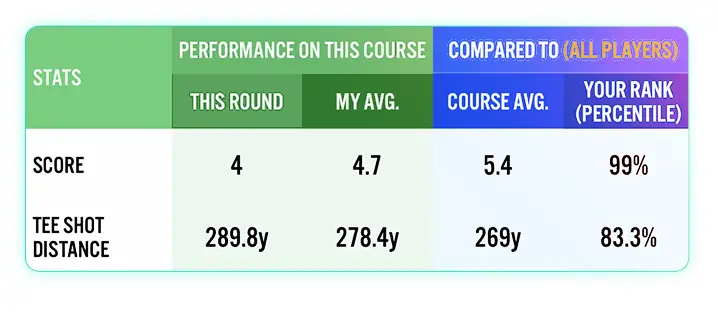
No matter how far you may be hitting it, there’s always room to improve:
- Keep your head behind the ball: If your head is out in front of the ball at contact then you are losing tons of power in your swing. In order to hit UP ON THE BALL it’s imperative that you keep your head behind the ball and allow the club to strike the ball in an upward motion at impact.
- Stick to your natural tempo: Don’t try and kill the ball just because you are holding a driver. By doing so you’re basically swinging a completely different swing from the one you are doing with all the other clubs in your bag.
- Butt back and chest down: To properly “cover” the ball, you have to keep your butt back/down like you are almost sitting on a stool at impact. Keeping your chest down helps the spine angle to create better movements consistently when hitting your drives.
04. Putts per round (stop 3-putting)
Putts-per-round is pretty self explanatory.
Per Shot Scope, lower handicap golfers (0-10) average 30.1 putts a round.
For beginner golfers (20+ handicap), the average putter-per-round is 32.75 putts every 18 holes.
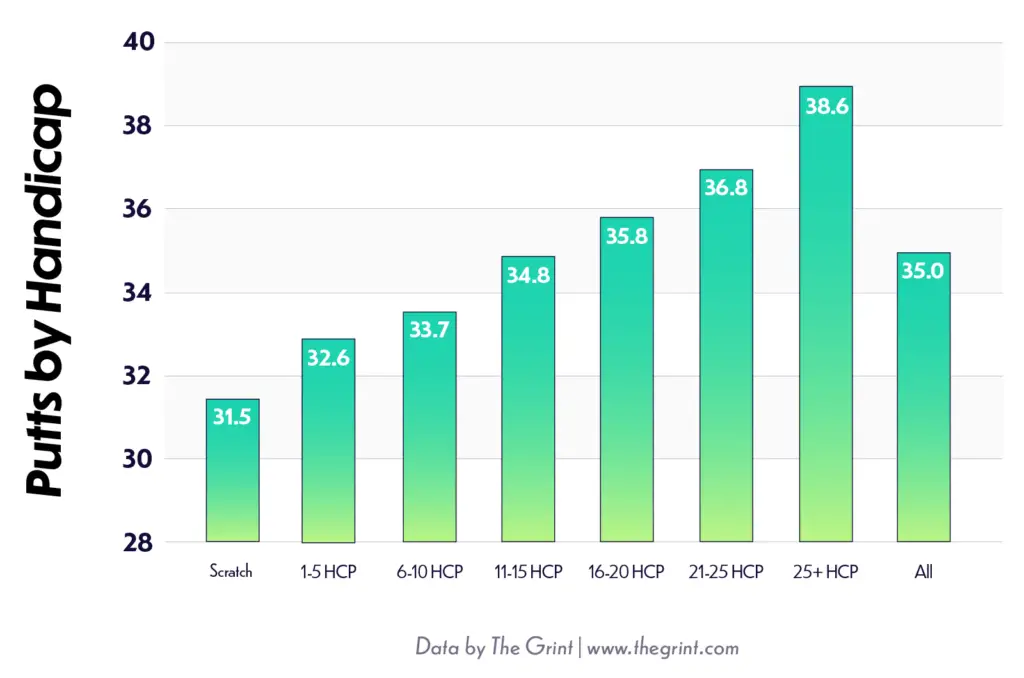
Several factor come into play here that determines how well you perform on the greens:
- Better approach shots: The better we hit our irons on approach—the better chance we give ourselves looks at birdies.
- Better chipping: A great short game can save any round, and the closer we are with our chip/pitch shots the better chance we have at saving strokes on the green.
- Short distance putting: Quite frankly the most important shot in golf comes in that 4-8 foot range, and the more often we sink these putts the closer we get to reaching our goals of becoming Jordan Spieth.
- NO THREE PUTTS: The biggest flaw in beginner golfer’s game is three putting. To have any shot in becoming a better golfer as quick as possible lies in reducing the amount of times you three putt.
By tracking these four key golf statistics, beginner golfers can set benchmarks for themselves and work towards improving their game and beating their buddies.
Follow us on Twitter at https://twitter.com/wolfitgolf and let me know how quickly you are crushing your statistical goals.
